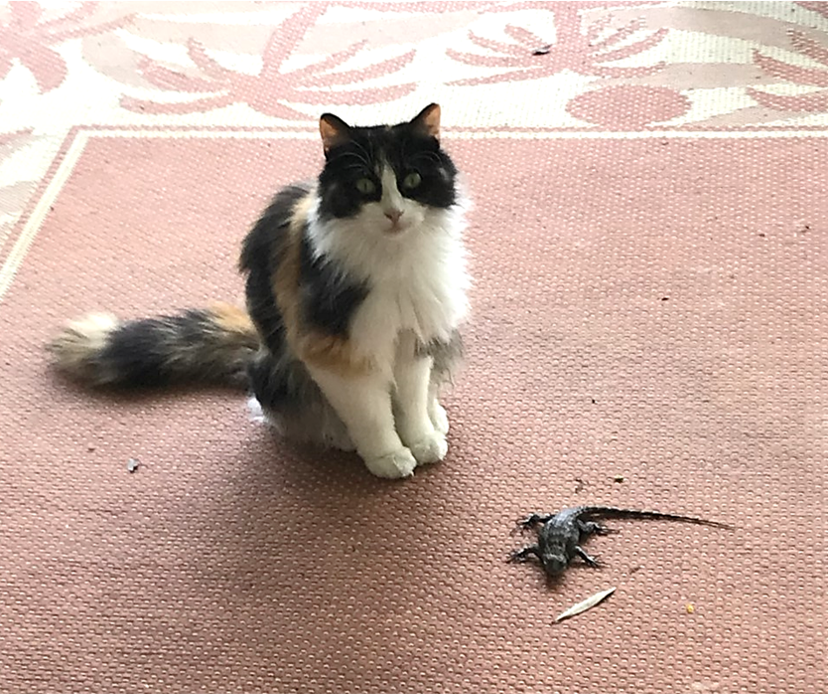Let’s look at the impact of ChatGPT in business alongside several statistics.
1. Statistics Reflecting Rapid Adoption
Recent statistics indicate a substantial surge in the adoption of ChatGPT in the business realm. With a significant user base in the United States, where 14.82% of the traffic to the ChatGPT website originates, it’s evident that American businesses are keenly exploring the capabilities of this advanced language model [1]. This rapid adoption underscores the model’s relevance and potential to transform communication dynamics.
2. Diverse Applications in Customer Service
ChatGPT has found extensive utility in customer service applications, with notable trends showcasing its impact. Businesses leveraging ChatGPT-powered chatbots report an impressive 80% improvement in query resolution time, contributing to enhanced customer satisfaction [2]. This not only streamlines customer interactions but also frees up human resources for more complex tasks.
3. Industrial Implementation and Productivity Boosts
The industrial implementation of ChatGPT is expanding, leading to notable boosts in productivity across various sectors. From healthcare to finance and technology, businesses are integrating ChatGPT to automate routine tasks, facilitate internal communication, and assist in decision-making processes [3]. This versatility positions ChatGPT as a multifaceted tool driving operational efficiency.
4. Predicting the Future: Continuous Evolution
Looking ahead, the statistics paint a picture of continuous evolution. Predictions suggest a widespread integration of ChatGPT into various aspects of business communication, indicating a trajectory where the model evolves alongside the changing needs of the business landscape [4].
As organizations continue to unlock the potential of this advanced language model, the future holds many possibilities for business communications.
Sources:
- 100+ Incredible ChatGPT Statistics & Facts in 2024
- 30+ Key ChatGPT Statistics 2024 – Trends, Usage
- Statistics of ChatGPT & Generative AI in business
- ChatGPT Statistics For 2024 (Users, Trends & More)
Alix Morrow is the Founder and Chief-Make-It-Happenator at AlixCompany based in Austin, Texas. AlixCompany helps brands move the meter from thinking to knowing by truly getting in-stream with consumers in today’s marketplace. For more information on our qualitative, quantitative, and planner-for-awhile (PFA) services please visit www.alixcompany.com.

